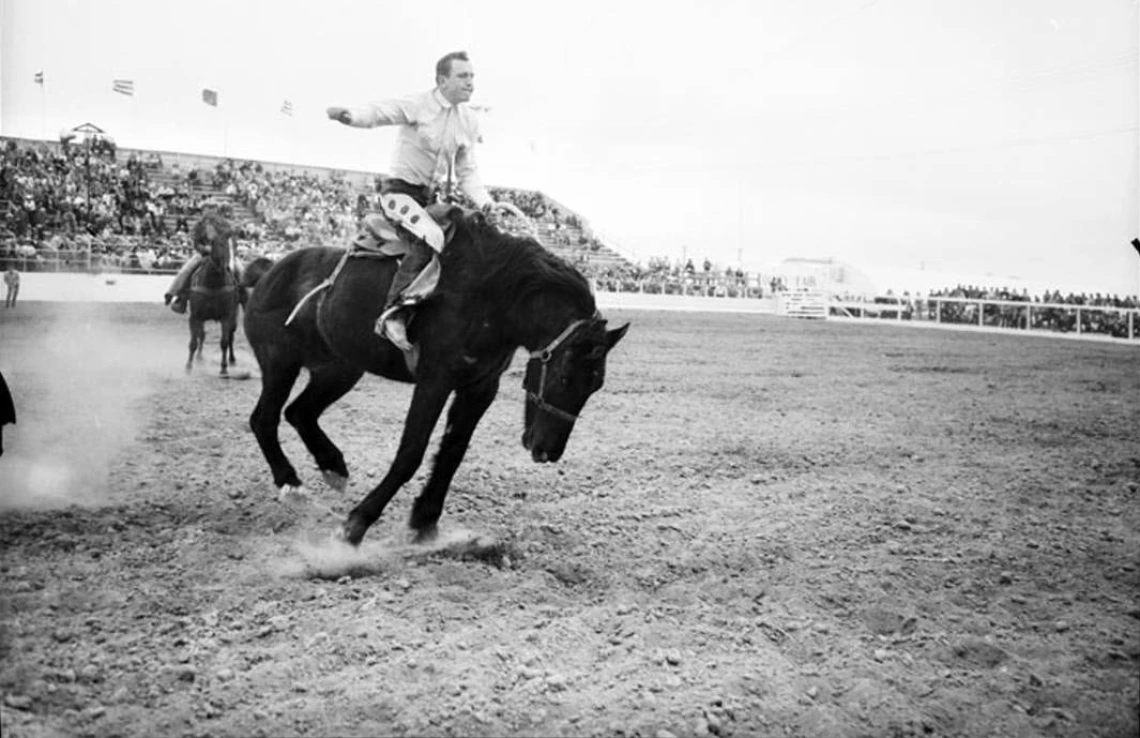Jack Sheaffer photographic collection

Collection area: Arizona and Southwest
Collection dates: 1945-1999
This collection is comprised of negatives, printed photos, print materials, and artifacts pertaining to Arizonan photographer Jack Sheaffer. A majority of the collection are professional work photograph negatives taken by Jack Sheaffer and his associates for the Arizona Daily Star newspaper. Negatives range in format sizes from 35mm, 2x2, 4x5, and 8x10 negatives, as well as some unique negative sizes.
Jack Sheaffer was born in southern Arizona in 1929. Soon after his birth the family moved to an 88-acre farm in Amado. He began working at another farm at age eleven for eleven dollars a day and worked hard throughout his life. Sheaffer originally wanted to become a boxer and competed as an amateur for a short time. He attended Tucson High School, graduated in 1947, and was awarded a scholarship to attend the Fred Archer School of Photography in Los Angeles for one year. Upon his return to Tucson, he worked for Sam Levitz, then a commercial photographer, who was the head photographer for the Arizona Daily Star on contract, and paid by the picture. In October 1950, Sheaffer enlisted in the United States Air Force and was sent to England. He left the Air Force in November 1954 and returned to Tucson. The following spring, Sheaffer joined Tunney Wong and picked up contract work for the Arizona Daily Star. They earned up to five dollars a picture, and were only paid this wage if the photograph was used in the paper. Sheaffer free-lanced widely taking portraits of individuals and families, visiting celebrities, civic events, tragic accidents, and life in a small city.
A collection guide explains what's in a collection. New to using our collections? Learn how to use a collection guide.
Collection guideThe collection has materials you can access online.
Access this collection
Visit us in person to access materials from this collection. Our materials are one-of-a-kind and require special care, so they can’t be checked out or taken home.
How to cite
Learn how to cite and use materials from Special Collections in your research.
